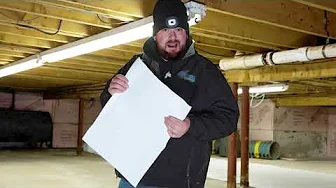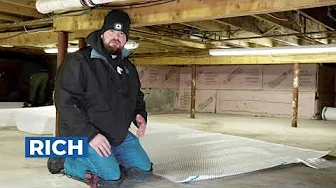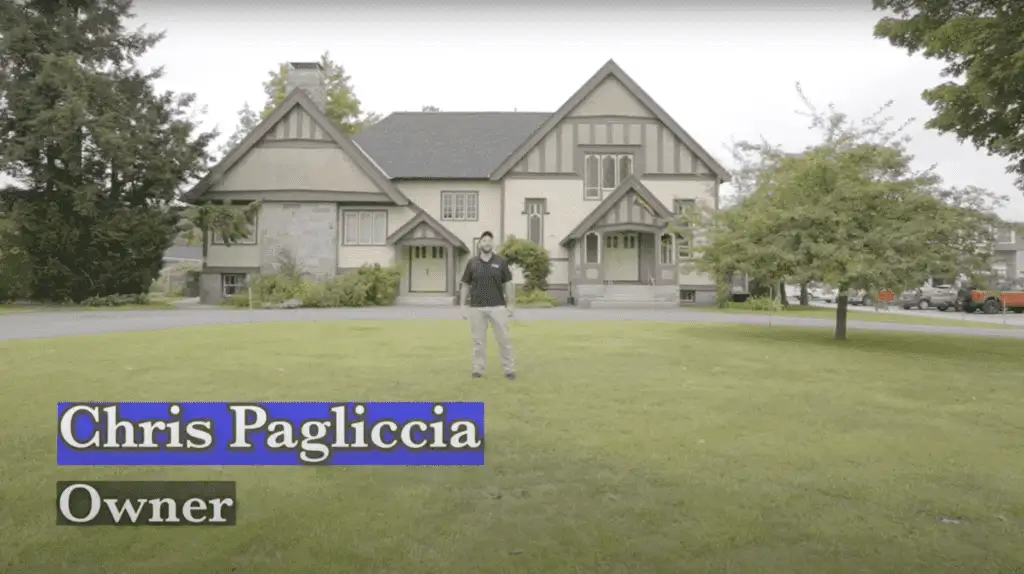Radon Mitigation South Berwick ME
Radon is a silent risk that affects many homes across the United States. This radioactive gas, which you cannot see, smell, or taste, is a leading cause of lung cancer after smoking. In South Berwick, ME, radon levels can be especially concerning due to the natural composition of Maine’s soil and bedrock. Understanding how radon mitigation works and taking proactive steps to safeguard your home are vital to protecting your health.
Real People - Real Great Results
Crawl Space Video Playlist
Understanding Radon and Its Risks
Radon is an unassuming killer. You can’t see it. You can’t smell it. You can’t taste it. Yet it seeps into your home quietly, slipping through cracks in your foundation, gaps around your plumbing, or even the pores of concrete. But what is it, really? Radon is a naturally occurring radioactive gas that forms as uranium in soil, rock, and water breaks down. It’s part of the earth’s natural decay cycle—a harmless process if it stayed deep underground. Unfortunately, it doesn’t.
Once inside your home, radon turns from background radiation into a personal health risk. Prolonged exposure is a proven cause of lung cancer, ranking second only to smoking. Smokers, in particular, face an amplified risk when radon is in the picture—the combination is as insidious as it sounds. The real kicker? Testing is the only way to know you’re at risk. No symptoms. No warnings. Just an invisible hazard building up under your roof, year after year.
In places like South Berwick, ME, where the geological composition is a perfect recipe for radon, this risk becomes even harder to ignore. If you live here, you owe it to yourself to stay informed. Understanding what radon is and what it can do isn’t just science—it’s survival.
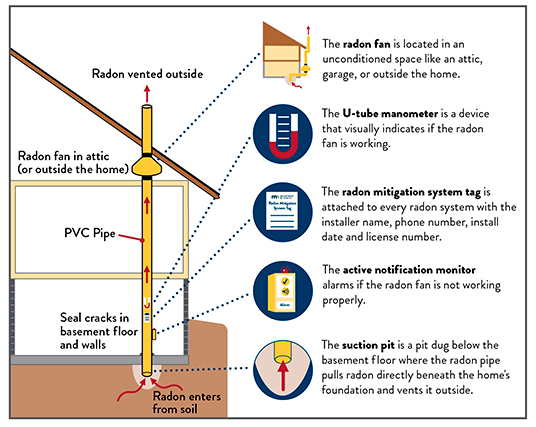
How Radon Mitigation Works
Radon mitigation is all about reclaiming control over what you can’t see. The process is designed to reduce radon levels inside your home to safe, EPA-recommended limits—or ideally, even lower. It’s not magic or overly complex, but it does require a strategy built around your home’s specific vulnerabilities.
Soil Suction (Sub-Slab Depressurization)
The gold standard of radon mitigation is sub-slab depressurization. In simple terms, this system sets up a highway for radon to take—a route it’ll follow to leave your home instead of lingering below it. A small fan and vent pipe are installed, usually starting beneath your basement or foundation slab. The fan creates suction, drawing radon out from the soil and whisking it away, safely venting it above the roofline. Think of it as a quiet, persistent eviction notice for radon.
Sealing Techniques
Sealing isn’t the star of the show, but it plays a supporting role. Cracks, gaps around pipes, and porous joints in your foundation are essentially radon’s welcome mat. By sealing these entry points, you’re reducing the pathways available for the gas to sneak inside. That said, sealing alone won’t cut it—it needs to team up with active methods, like soil suction, for noticeable results.
Ventilation Systems
In some cases, especially in homes without basements, properly managed ventilation can be the solution. By introducing a regular flow of fresh air into your living spaces or crawlspaces, ventilation systems dilute radon concentrations to safer levels. While it’s usually not a standalone fix, it’s an effective supplement in the right circumstances and improves overall air quality as a bonus.
Every mitigation plan starts with understanding your home’s layout and radon entry points. A reputable mitigation contractor will assess your unique situation and recommend the most efficient, cost-effective system—whether that’s suction, sealing, ventilation, or a combination. The goal? To make sure radon doesn’t stand a chance.
Steps to Take for Radon Testing and Mitigation
Radon might be silent and invisible, but tackling it doesn’t have to be complicated. Here’s a no-nonsense roadmap to make sure your South Berwick home is protected from this hidden hazard:
1. Test for Radon
First, you can’t fight what you don’t measure. Grab a DIY radon test kit (available at hardware stores or online) and follow the instructions to sample the air in your home. If you’d rather skip the guesswork, hire a professional radon tester who knows the unique characteristics of South Berwick’s geology. Either way, testing is non-negotiable—it’s the only way to know if you’ve got a problem.
2. Analyze the Results
Keep an eye on the magic number: 4 pCi/L (picocuries per liter). Anything at or above that threshold? Time to act. Even if your results fall between 2 and 4 pCi/L, you may still want to consider addressing the issue; better safe than sorry when it comes to long-term lung health.
3. Hire a Qualified Contractor
Not all contractors are created equal. Look for certified radon mitigation professionals with experience in South Berwick. The local soil and bedrock play by their own rules, so you want someone who understands the quirks of the area. Bonus: A licensed pro not only knows their stuff but also ensures the installation meets safety standards.
4. Install the Right Mitigation System
Rather than slapping on a one-size-fits-all fix, a good contractor will assess your home’s layout, foundation, and radon levels before recommending a system. The most common method? A sub-slab depressurization system that actively pulls radon from beneath your home and vents it safely outside. If they suggest sealing cracks, remember: sealing alone won’t cut it—it’s just one piece of the puzzle.
5. Retest After Installation
This part’s key. Once the system is installed, test your home again to confirm the radon levels are within safe limits. Retesting ensures the system works and gives you peace of mind. Taking these steps might seem like extra hassle now, but when it comes to your family’s health, it’s a small investment in safety. Radon doesn’t take shortcuts, and neither should you.
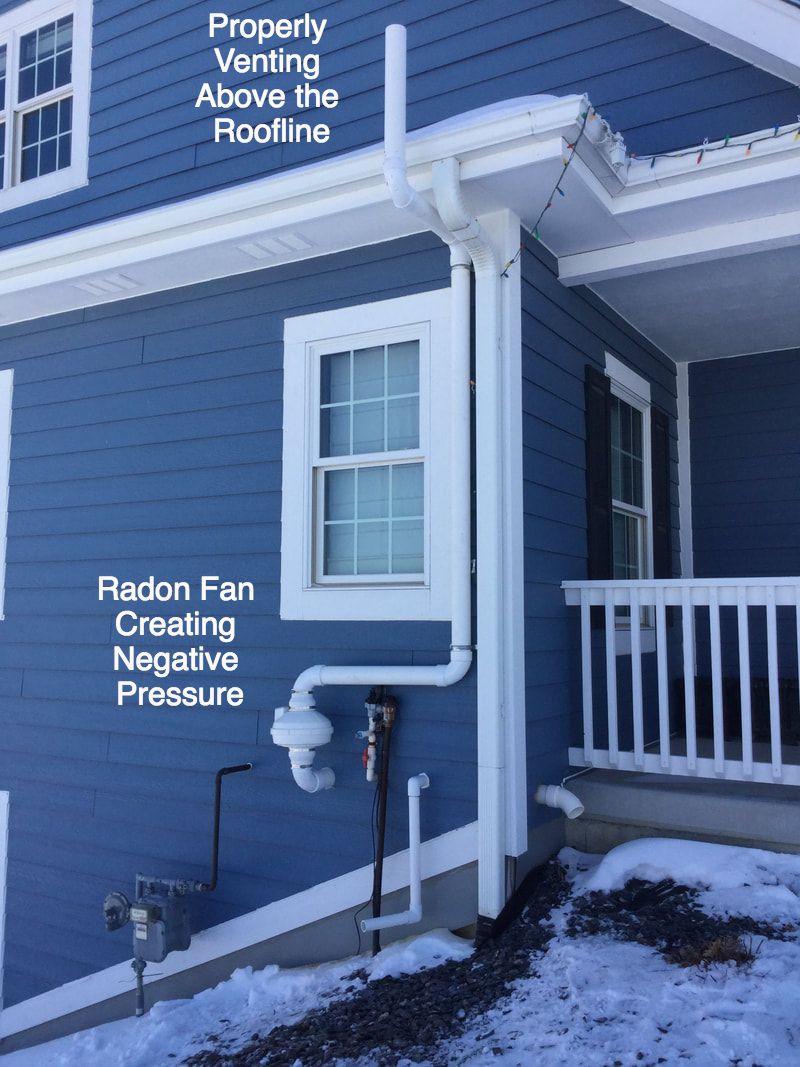
Why Radon Levels in South Berwick, ME, Are Significant
If you live in South Berwick, ME, radon isn’t just another statistic—it’s a local reality. The natural geology of Maine, rich with uranium deposits, creates a perfect recipe for elevated radon levels. As uranium in the bedrock breaks down over time, radon gas rises through the soil and seeps into homes, often unnoticed. In South Berwick specifically, radon readings frequently surpass the EPA’s action level of 4 pCi/L, with some properties even reporting levels significantly higher.
Testing data consistently points to South Berwick as a high-risk area for radon exposure. This isn’t limited to older homes or specific neighborhoods—modern builds aren’t immune, and even homes with no visible foundation issues can have high radon levels. That’s why awareness is crucial. While radon might not show immediate symptoms, its long-term health risks are very real, especially for families that settle into a home for years. If you live here, understanding your property’s radon levels isn’t just smart; it’s essential.
Benefits of Radon Mitigation
Getting radon under control isn’t just about checking a box. It’s about reclaiming the air you and your family breathe every day. The biggest win? A direct reduction in the risk of lung cancer. Lowering radon levels cuts your exposure to this radioactive gas, which means fewer radioactive particles in your lungs. Every breath you take after mitigation becomes a safer one.
Then there’s the immediate boost in air quality. Radon isn’t something you can smell or sense, but a home with reduced radon often has fewer issues with trapped dampness or stale air. Many mitigation systems improve ventilation as a side effect, leaving your space feeling fresher and more comfortable.
And let’s not overlook property value. A home already equipped with a functioning radon mitigation system sends a clear message to buyers: safety has been prioritized. For anyone planning to sell, it’s a forward-looking investment that could set your property apart—especially in areas like South Berwick, ME, where radon is a known concern. Bottom line? It’s a move that pays off, inside and out.
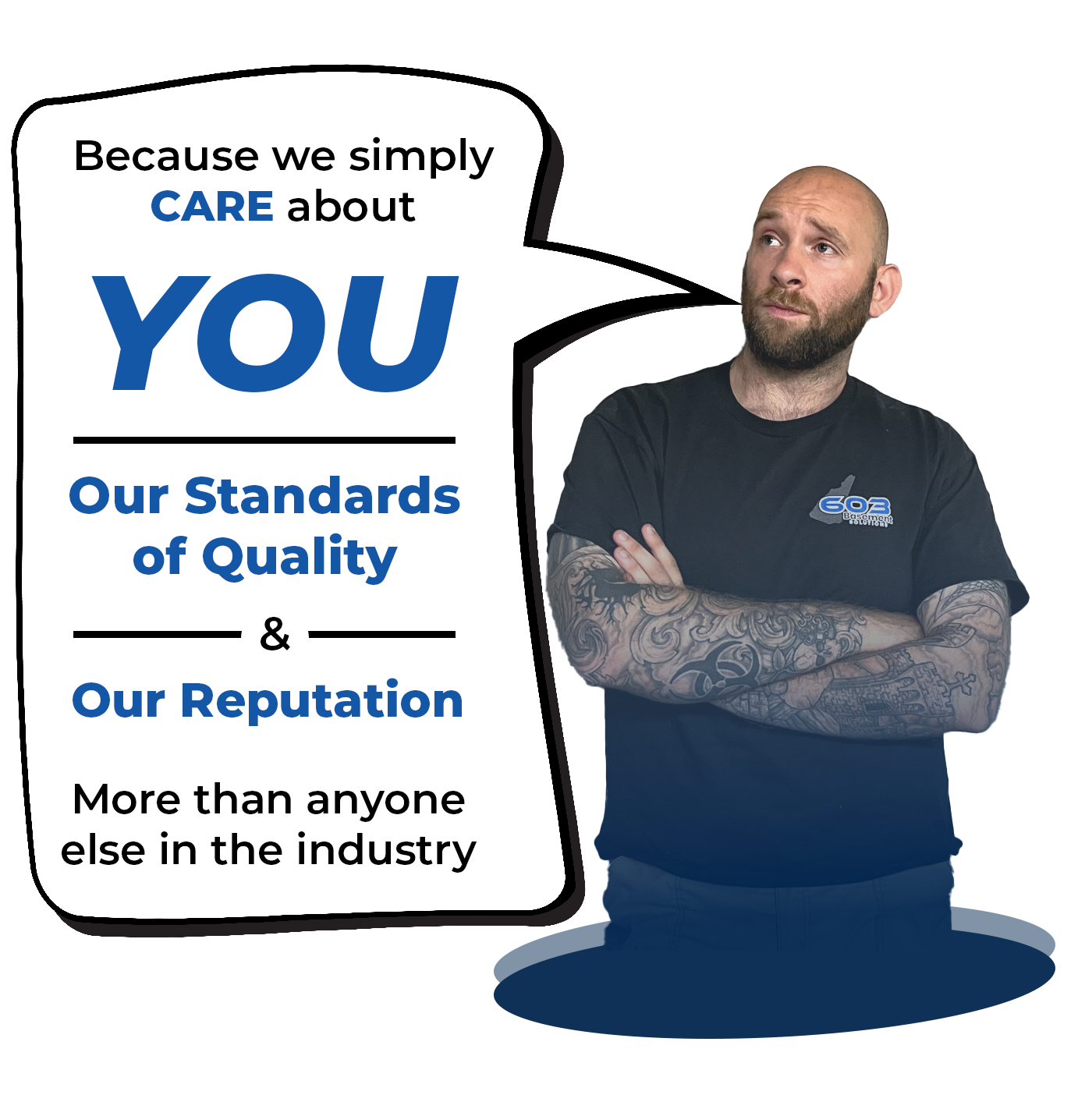
Maintaining Your Radon Mitigation System
A radon mitigation system isn’t something you set and forget. It requires routine attention to ensure it’s doing its job effectively. Start with regular inspections—check that the fan (if your system uses one) is running, the pipes are intact, and any warning devices are functioning properly. A quick visual check a couple of times a year can save you from bigger issues down the line.
Don’t stop there. Periodic retesting is essential because even well-installed systems can lose efficiency over time. Aim to test your home every two years, or sooner if you notice significant structural changes, like major renovations or foundation repairs. These changes can create new radon entry points, reducing the system’s effectiveness without you even realizing it.
If something seems off—like unusually high radon levels during a retest—don’t hesitate to call in your contractor. Tweaks or repairs may be necessary to restore the system’s performance. Investing a little time and effort into maintenance ensures your home remains safe, and your peace of mind intact. Radon doesn’t take breaks, and neither should your prevention plan.
Taking Action in South Berwick, ME
Radon mitigation is less about grand gestures and more about taking simple, deliberate steps to protect your home and health. In South Berwick, ME, where radon levels often creep higher than the national average, this isn’t just an option—it’s a necessity. You start with a test. It’s unassuming, easy, and frankly, non-negotiable. Without that baseline measurement, you’re flying blind in a zone where natural geology can work against you.
If the results come back high, don’t panic—act. Call in a qualified radon mitigation contractor. Skip the generic online searches and look for someone who understands Maine’s unique setup: the old granite bedrock, the tight seasonal freeze-thaw cycle, the quirks of older homes in the area. These aren’t cookie-cutter solutions—you need the right system tailored to your property.
Once a mitigation system is installed, the work isn’t over. This is an ongoing commitment to your family’s safety. Retest. Maintain. Stay vigilant. South Berwick residents have the benefit of a proactive, informed community when it comes to radon awareness, but the responsibility starts—and ends—at your doorstep. It’s not dramatic, but it’s effective. In this part of Maine, taking action on radon is just smart living.
Reviews from Happy Customers
Our top priority is customer satisfaction, and we work closely with clients to understand their unique needs and goals.




